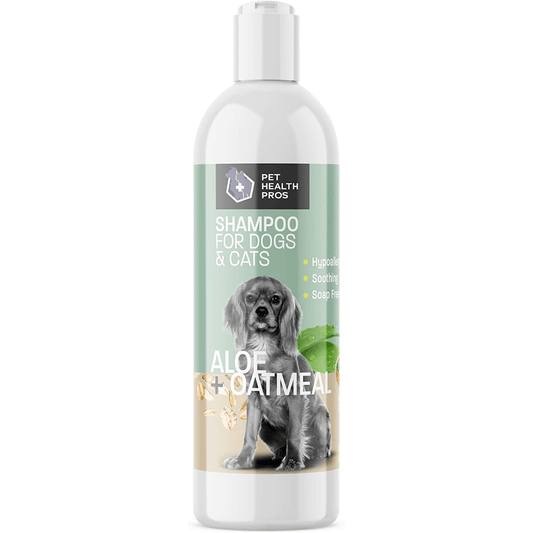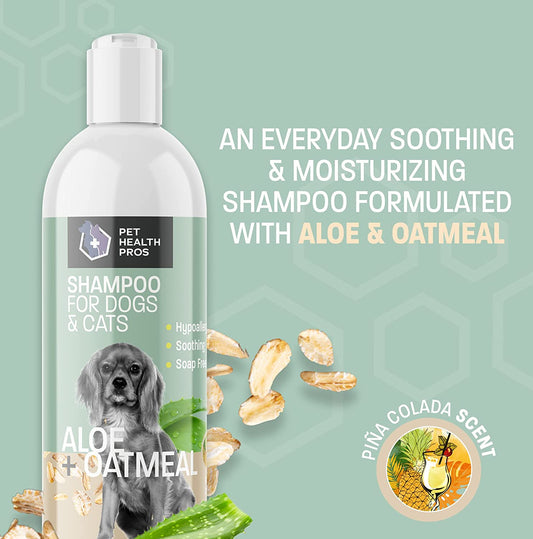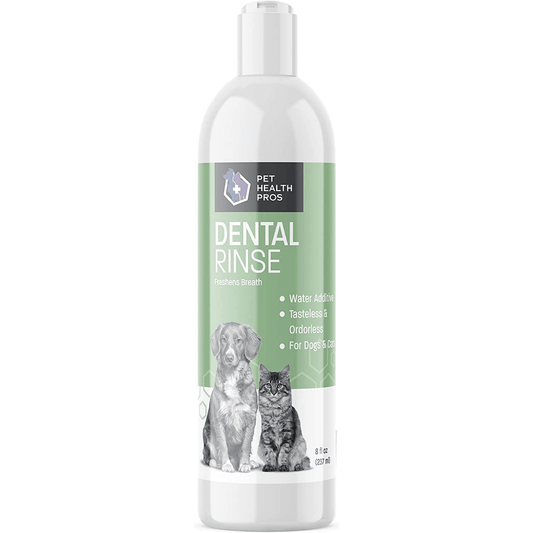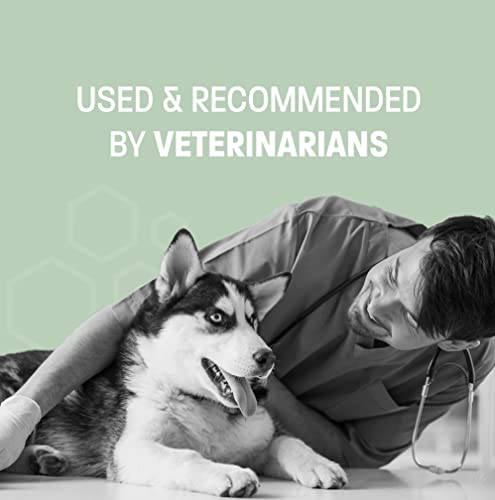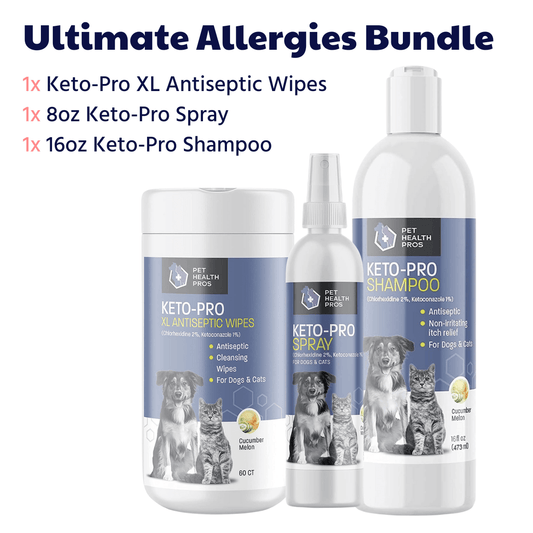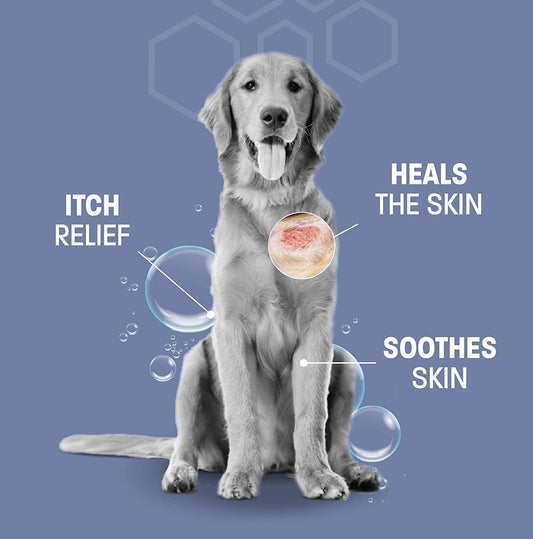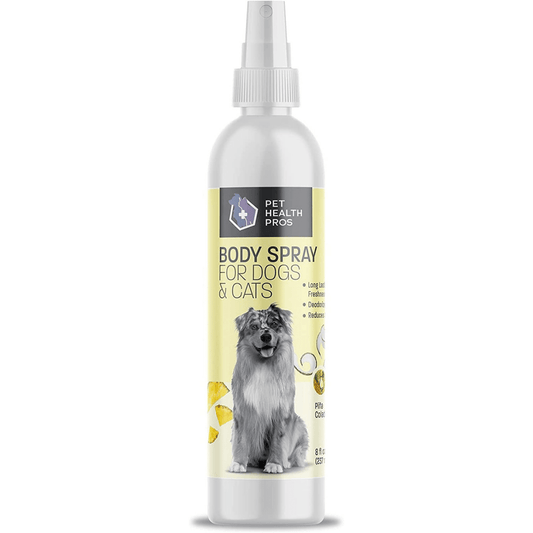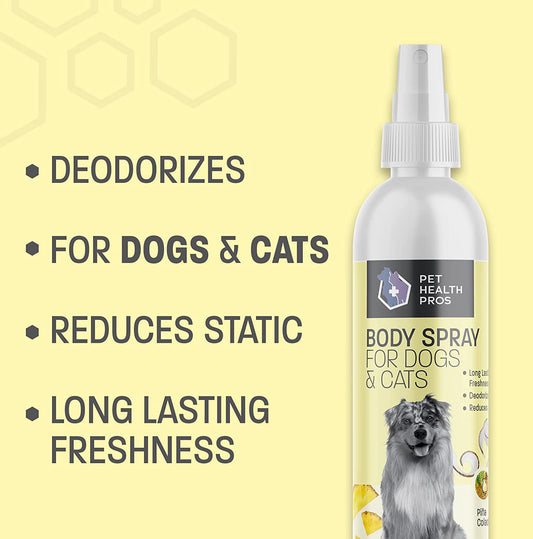Picking the right vet that does grooming can be a bit of a task. Your pet's health and happiness depend on it, after all. You want someone who knows their stuff, not just about health but grooming too. It's not just about a cute haircut; it's about keeping your furry friend healthy and comfy. Let's dive into how you can find the best vet that does grooming, one that fits your pet's needs perfectly.
Key Takeaways
- Grooming is more than just looks—it's about health and comfort for your pet.
- Knowing your pet's specific grooming needs helps in choosing the right vet.
- Research local vets and check their grooming facilities before deciding.
- Vets that do grooming often offer additional health services during appointments.
- Budgeting for grooming services ensures you can maintain regular appointments.
Understanding the Importance of Grooming in Veterinary Care
Why Grooming is Essential for Pet Health
Keeping your pet well-groomed isn't just about looks. It's a key part of their health. Regular grooming helps prevent skin issues and infections. It keeps their coat shiny and free of mats. Plus, it can reduce shedding, which is a bonus for your home. Grooming also helps you spot health problems early, like lumps or parasites. And don't forget, it can be a great way to bond with your pet, making them feel loved and cared for.
The Role of Grooming in Preventive Care
Grooming is more than just a beauty routine—it's preventive care. By regularly grooming your pet, you're helping to keep their skin and coat in top condition. This can prevent many common issues, like flea infestations or skin infections. Regular grooming sessions are also a chance to check for abnormalities, such as bumps or sores, that might need a vet's attention. It’s like giving your pet a mini health check-up!
How Grooming Affects Pet Behavior
Believe it or not, grooming can have a big impact on your pet's behavior. Pets that are groomed regularly tend to be more comfortable and less stressed. They’re used to being handled, which can make vet visits less traumatic. Plus, a clean pet is a happy pet. When they feel good, they’re more likely to be playful and relaxed. Grooming can also help with socialization, especially if your pet is groomed in a professional setting where they interact with other animals and people.
Regular grooming is essential for the health and well-being of cats and dogs, promoting healthy skin and coats while preventing infections and discomfort. It also fosters a deeper bond between pets and their owners. Grooming supplements can enhance these benefits by addressing specific health concerns, such as skin issues, joint health, and anxiety. Pet Health Pros offers high-quality grooming products and supplements, ensuring that pet owners can effectively care for their furry companions and support their overall wellness.
Identifying Your Pet's Grooming Needs
Assessing Your Pet's Coat and Skin Type
Understanding your pet's coat and skin type is the first step in determining their grooming needs. Different breeds have unique coat types that require specific grooming techniques. For instance, a long-haired dog like a Golden Retriever will need regular brushing to prevent matting, while a short-haired breed like a Beagle might need less frequent grooming. Identifying whether your pet has an oily, dry, or sensitive skin type can also help tailor their grooming routine.
Recognizing Signs Your Pet Needs Grooming
Pets often show signs when they need grooming. Look out for excessive scratching, licking, or biting at their fur. These behaviors can indicate discomfort due to tangled fur or skin irritation. Additionally, if you notice an unpleasant odor or see dirt and debris in their coat, it's time for a grooming session. Regularly checking your pet for signs of discomfort can help prevent more serious health issues.
Understanding Breed-Specific Grooming Requirements
Each breed comes with its own set of grooming requirements. Some breeds, like Poodles, need professional grooming regularly due to their curly coats, while others, like Bulldogs, require special attention to skin folds to prevent infections. It's essential to research your pet's breed to understand their specific grooming needs. This understanding ensures that your pet remains comfortable and healthy. For personalized grooming tips and advice, consider using Pet Genius, an AI-powered pet health assistant that offers tailored insights based on your pet's unique profile.
Grooming is not just about aesthetics; it's a vital component of your pet's overall health care. By understanding and catering to your pet's specific grooming needs, you can enhance their comfort and well-being.
Choosing the Right Vet That Does Grooming
Researching Local Veterinary Services
Finding the right vet who also offers grooming services can be a task, but it's worth the effort. Start by asking around—friends, family, or neighbors might have recommendations based on their experiences. Word-of-mouth referrals can be incredibly insightful, especially when it comes to understanding the level of care and service provided. Additionally, checking online reviews and ratings can help you get a sense of the reputation of local veterinary clinics. Look for vets who specialize in grooming services as part of their practice, ensuring they have the right expertise.
Evaluating Grooming Facilities and Equipment
Once you have a list of potential vets, it's time to evaluate their grooming facilities. A clean and well-maintained facility is crucial for your pet's safety and comfort. When you visit, take note of the equipment they use—modern and properly maintained tools can make a big difference in the grooming process. A good facility will have separate areas for different grooming tasks, reducing stress for your pet.
Checking Credentials and Experience of Staff
The staff's credentials and experience are just as important as the facility itself. Check if the veterinarians and groomers are certified and have the necessary training. Experienced staff can handle pets with more confidence and care, especially if your pet has special needs or anxiety issues. Don't hesitate to ask about the staff's experience with specific grooming tasks or breeds.
Choosing a vet that also offers grooming isn't just about convenience—it's about ensuring your pet receives comprehensive care in a familiar environment. With the right vet, grooming becomes a positive part of your pet's routine, contributing to their overall well-being.
Services Offered by Vets That Do Grooming
Common Grooming Services Provided
When you take your pet to a vet that offers grooming services, you can expect a range of basic grooming options. These typically include baths, haircuts, nail trims, and ear cleaning. Regular grooming is not just about keeping your pet looking good; it's crucial for their health too. For instance, nail trims prevent discomfort and potential injuries, while ear cleaning can ward off infections.
Specialized Grooming Treatments
Some pets require more than the standard grooming routine. Specialized treatments might include de-shedding treatments for breeds prone to heavy shedding, medicated baths for skin conditions, or even dental cleaning as part of a grooming package. These treatments are tailored to address specific health needs, ensuring your pet receives comprehensive care.
Additional Health Services During Grooming
Vets that offer grooming often provide additional health services during grooming sessions. This might include checking for parasites like fleas and ticks, assessing skin conditions, or even performing routine health checks. Such services are a great way to keep tabs on your pet's overall well-being without needing a separate vet appointment.
Grooming and nutritional supplements play vital roles in enhancing the bond between pets and their owners. Regular grooming fosters trust and emotional connection, while also allowing for health monitoring. Nutritional supplements can address specific health needs, contributing to overall well-being. Engaging in these activities not only supports pets' health but also strengthens the human-animal connection, promoting a happier life for both pets and their companions. Learn more about this connection.
Preparing Your Pet for a Grooming Appointment
Acclimating Your Pet to Grooming Tools
Getting your pet comfortable with grooming tools is a great first step. Start by letting them sniff and explore the tools in a relaxed setting. Introduce one tool at a time and reward your pet with treats and praise to create positive associations. Gradually, you can begin using the tools for short periods, making sure to keep the experience calm and stress-free.
Tips for Reducing Pet Anxiety
Pets can get anxious about grooming, but there are ways to help them relax. Try scheduling the appointment at a time when your pet is naturally calm. Before the visit, take them for a walk to burn off some energy. You might also consider using a calming pheromone spray or diffuser to ease their nerves. Remember, your calm demeanor can help your pet feel more at ease during the process.
What to Bring to the Grooming Appointment
When it's time for the grooming appointment, having the right items can make the experience smoother for both you and your pet. Bring your pet's favorite toy or blanket to provide comfort. If your vet allows, a few of their favorite treats can be useful for rewarding good behavior. Also, don't forget any specific grooming instructions or medical records if necessary.
Regular grooming helps prevent health issues and strengthens the bond between pet and owner. Make grooming a positive experience, and your pet will come to enjoy it over time. For more insights into maintaining your pet's health through grooming, check out our guide on regular pet grooming.
Understanding Costs and Budgeting for Grooming Services
Factors Influencing Grooming Costs
Grooming costs can vary widely based on several factors. The size of your pet is a major consideration—larger animals generally cost more to groom due to the extra time and resources required. Breed-specific needs can also drive up costs, especially if your pet requires specialized treatments or handling. Additionally, the location of the grooming service plays a role; urban areas might have higher prices compared to rural settings.
Budget-Friendly Grooming Options
If you're looking to save some bucks, there are a few strategies you can try. Scheduling regular grooming sessions can prevent matting and other issues that lead to more expensive treatments. You might also consider learning some basic grooming techniques to handle at home, reducing the frequency of professional visits. Some vet clinics offer package deals or discounts for multiple pets, so it's worth asking about these options.
Insurance and Payment Plans for Grooming
Pet insurance often covers unexpected vet costs, but what about grooming? While most policies don't include regular grooming, some might cover treatments related to medical conditions. It's a good idea to check with your provider. For those without insurance, many grooming services offer payment plans to spread out the cost, making it easier to manage within your budget.
Grooming is more than just a beauty routine for your pet—it's a part of their health care. By understanding the costs involved and planning ahead, you can ensure your pet stays healthy and happy without breaking the bank.
Maintaining Grooming at Home Between Vet Visits
Basic Grooming Techniques for Pet Owners
Keeping your pet looking and feeling their best between vet visits doesn't have to be daunting. Regular grooming is vital for dogs' health and comfort, helping to prevent issues and strengthen the bond between pet and owner. Start with brushing; it's simple yet effective. It helps remove dirt and loose hair while distributing natural oils that keep your pet's coat shiny and healthy. For dogs, brushing frequency can vary based on their coat type. Short-haired breeds might need a quick brush once a week, while long-haired breeds could benefit from daily attention.
Tools and Products for Home Grooming
Having the right tools makes a world of difference. Invest in a good quality brush or comb suitable for your pet's coat type. Clippers, nail trimmers, and pet-safe shampoos are also good to have on hand. Dental care is another important aspect often overlooked; using pet-friendly toothpaste and a brush can help maintain oral health. Consider a grooming table or mat to make the process easier and more comfortable for both you and your pet.
When to Seek Professional Grooming Help
Sometimes, even with the best intentions, home grooming just isn't enough. If you notice mats that you can't brush out, overgrown nails, or if your pet shows signs of distress during grooming, it might be time to call in the pros. Professional groomers have the tools and experience to handle tricky situations and can offer advice on maintaining your pet's grooming needs. Keep an eye out for any skin issues or unusual odors that persist despite regular grooming, as these could be signs of underlying health problems that need a vet's attention.
Keeping up with grooming at home not only helps maintain your pet's appearance but also allows you to check their overall health regularly. This hands-on approach can catch potential issues early, making it easier to address them before they become serious.
Keeping your pet well-groomed at home is important between vet visits. Regular brushing helps reduce shedding and keeps their coat healthy. Don't forget to check their ears and trim their nails too! For more tips and to find the best grooming products, visit our website today!
Conclusion
Finding the right vet who also offers grooming services can feel like a big task, but it's worth the effort. Your pet's health and happiness depend on it. Start by asking around for recommendations from friends or family who have pets. Check online reviews and visit a few clinics to get a feel for the place. Don't be shy to ask questions about their services and experience. Remember, a good vet will be happy to answer your questions and make you feel comfortable. Once you find the right fit, you'll have peace of mind knowing your furry friend is in good hands. So take your time, do your research, and trust your instincts. Your pet will thank you for it!
Frequently Asked Questions
Why is grooming important for my pet's health?
Grooming helps keep your pet's coat clean and free of tangles, reduces shedding, and can prevent skin problems. It also allows you to check for signs of health issues like lumps or parasites.
How often should I groom my pet?
The frequency of grooming depends on your pet's breed, coat type, and lifestyle. Some pets need grooming every few weeks, while others may only need it once a month.
What should I look for in a vet that offers grooming services?
Look for a vet with a clean and well-equipped grooming area, experienced staff, and good reviews from other pet owners.
Can grooming help with my pet's behavior?
Yes, regular grooming can make your pet more comfortable and less likely to act out due to discomfort from matted fur or skin irritations.
What if my pet is scared of grooming?
Try to gradually get your pet used to grooming tools and the grooming process. You can also ask your vet for tips on reducing anxiety during grooming.
Are there any health checks done during grooming?
Many vets will check your pet's skin, ears, and overall health during grooming sessions, which can help catch potential issues early.


